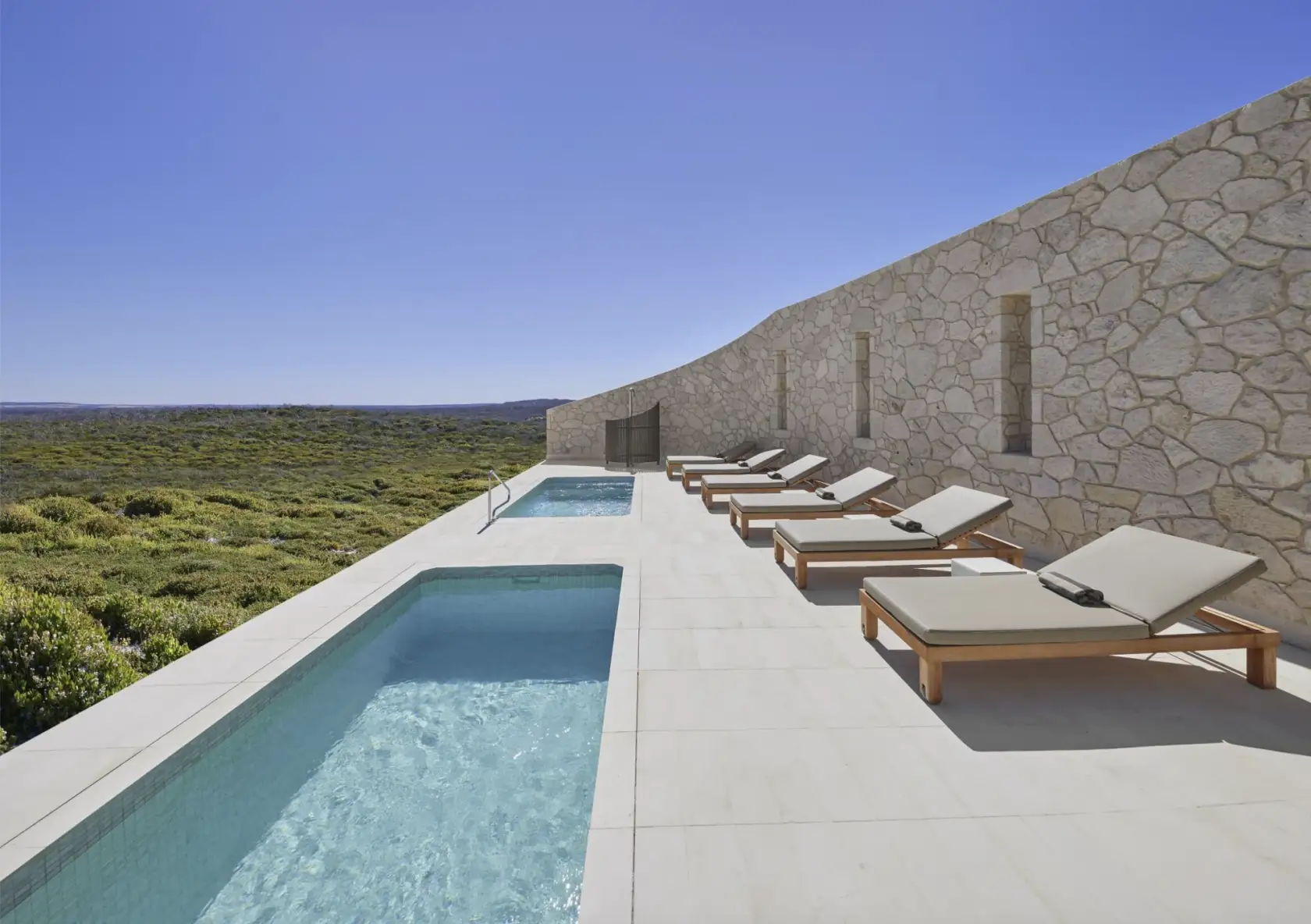

Spa maintenance Quick tips
Spa maintenance
Your spa or hot tub will probably get quite the workout over winter. Here are some tips to make sure everything functions as it should and that water stays clean and healthy.
Water treatment
Spas and standard swimming pools are not the same because hot water requires a different water treatment approach to prevent viruses, bacteria and algae from thriving. Correctly using chemicals will help maintain healthy conditions, and you’ll need to keep an eye on a few key measures: total alkalinity, pH and sanitiser levels. Your spa sanitiser will be either chlorine or bromine.
Buy a test kit from your spa retailer or local pool shop and test the water daily.
Changing the water
Change your spa every three to four months. Alternatively, remove and replace around 1/3 of the total volume of water every three to four weeks.
Total Alkalinity
The total alkalinity should ideally be in the range of 90–110 ppm (parts per million). A low total alkalinity will require constant pH adjustment. To raise total alkalinity, add sodium bicarbonate in small quantities. To lower it, add hydrochloric acid in small quantities. Wait one hour and re-test.
pH Level
pH is the measure of the acid/alkaline level of the water. It is important to maintain the correct pH level as it directly impacts the effectiveness of other chemicals. pH is measured on a scale of 0 to 14, where seven is neutral, below seven is acidic, and above seven is alkaline.
Incorrect pH levels can lessen chlorine or bromine efficiency, cause eye and skin irritation, corrode metal fittings, cause cloudy water and encourage scale formation. pH should always be above 7.0 (measured at room temperature, not hot) to avoid possible equipment corrosion. It shouldn’t be higher than 7.8, as this reduces sanitiser efficiency.
To increase pH, add soda ash and to decrease, add acid. Wait one hour and re-test.
Recommended levels
Total alkalinity:
90–110 ppm
pH:
7.4–7.6
Chlorine:
2–3 ppm
Bromine:
3–4 ppm
Sanitising
Sanitising is essential to safe, healthy water that is free of harmful microorganisms. The most common forms of sanitiser are chlorine and bromine, though ozone may also be used in combination. Saltwater chlorinators must be of sufficient capacity to maintain the recommended chlorine residual (the prescribed ppm).
The amount of sanitiser required depends on multiple factors: water temperature, frequency of use and the number of people using the spa. It is important always keep the sanitiser level in the target zone. It can be used up very quickly in hot water, so levels need to be checked regularly.
After heavy use (or on a weekly basis), shock dose the water with chlorine or bromine. Check the levels again before use.
If your spa is not being used, add sanitiser every day to prevent contamination. If correct pH and sanitiser levels are maintained, microorganisms such as viruses and bacteria should not survive in the water, even when it isn’t being used.
For general hygiene, it’s also important to clean the filter regularly and to empty hair and lint from the pump as often as required.
